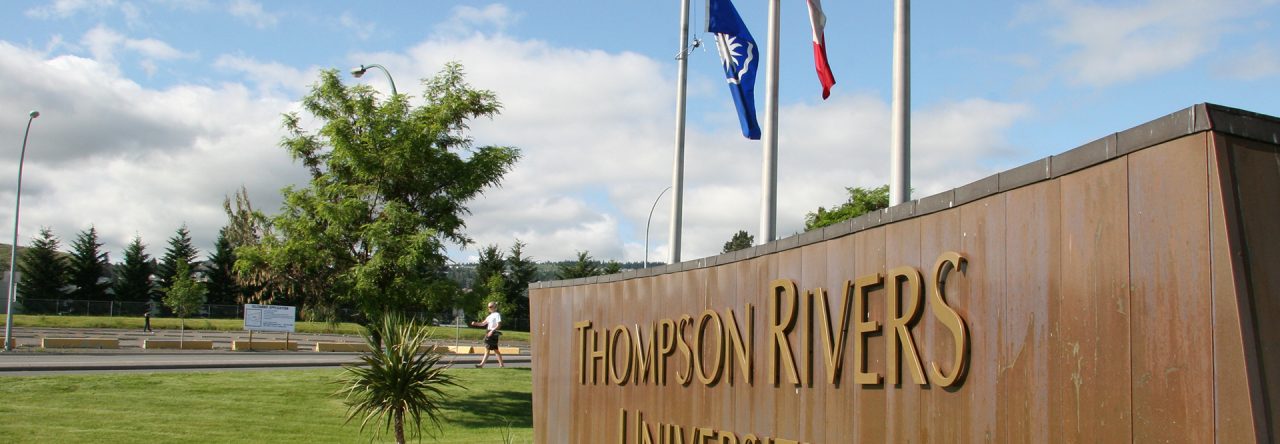
Retrieved from https://barbaraoakley.com/downloads/, CC BY-NC-SA
By Elizabeth Templeman, Supplemental Learning Coordinator, FSD
During the year we worked remotely, one of the many things I learned was that webinars provide incredible potential for encountering specialists and learning from their expertise and ideas. (Why it took a pandemic for me to realize that I don’t quite know. Likely because I’m not so comfortable with, or naturally drawn to, technology.) But lucky for me, and thanks to the Learning Specialists of Canada, I participated in some outstanding webinars, two of them with this woman who is both an engineer and a learning specialist, Barbara Oakley.
I’d like to share a bit about her, and some of what she’s taught me. The webinars opened my eyes to perspectives I had been vaguely aware of, and deepened the understanding I had of learning strategically, most of that having been learned from The Learning Scientists (https://www.learningscientists.org/). I’ll start by expressing my gratitude to them.
I should mention that learning about learning is central to my role, coordinating Supplemental Learning, and to guiding my amazing team of student leaders so that they can, in turn, guide hundreds of students, through their SL sessions, to learn more strategically and effectively. I only wish I’d known even a fraction of this when I was a student myself, many years ago, but it’s never too late to learn more about ourselves and how we perceive and process the world around us. Oakley is my latest guru in this pursuit: my newfound superhero of learning science.
Her webinars left me thirsting for more, and I purchased two of her books—Uncommon Sense Teaching: Practical Insights in Brain Science to Help Students Learn (Oakley, Rogowsky, Sejnowksi, 2021) and a Learn Like a Pro: Science-Based Tools to Become Better at Anything (Oakley, Schewe, 2021)—devouring both over the past winter. What I’d assumed would feel like work was mostly a great pleasure, punctuated by bouts of enthusiasm mostly suffered by my husband. I finished determined to retain what I’d absorbed, and then to spread the word: sharing insights that have deepened my own understanding and appreciation for the complexities of the learning process, and for—despite how much is known—how very little we really understand about our brains.
Among other things, I love how Oakley, in both her lecturing and writing, relies on metaphors to conceptualize teaching and learning. Introducing and expounding on working memory, for example, she uses octopuses, and sure, they all have eight tentacles, but she uses one with more working arms, deftly juggling 4-6 of those bits of information, to represent a strong working memory, while the other, more limited type, has trouble keeping more than 3 of those balls in the air. This capacity of working memory is thought to be fixed, and leads to quite distinct capacities and needs from learner to learner.
As we learn, our neurons link and strengthen, a process Oakley refers to as “learn it, link it.” Yet as learners, we often think, as we juggle a new fact in working memory, that we’ve got it. Yet neurons, according to Oakley, begin to function “like a well-practiced choir,” only as the new information gets pulled in and connected and contextualized—and learned!
I’m hardly doing the ideas justice here, but will share another great metaphor: the race car brain versus the hiker brain. While we might be inclined to think the racer brain is superior, as with most aspects of neurodiversity, the book uncovers powerful strengths and benefits of each kind, and different teaching techniques to support both kinds of learners.
To get there, I had to learn about how the declarative learning pathway differs from the procedural pathway. I’ll admit my grasp of this is far from strong, and a couple months past finishing the books, I’m less clear about this. My sense of it is that declarative is the conscious learning phase, with facts and events we’re consciously recalling (as I try to do here). The procedural pathway seems more mysterious, beyond our conscious control and, in many ways, our understanding. It’s a back-up system that sifts and shifts information in such a way that we no longer have to consciously process it. For example, while we once struggled to learn our multiplication tables or how to tie our shoes or log onto a computer, those things come naturally to us now. Procedural learning is gradual, and slower, but ultimately will save us so much time. Yet if learners take no “brain breaks,” the procedural learning can’t happen. We need to facilitate both the declarative and the procedural in our teaching, and tap both in our learning.
Other fascinating parts I won’t do justice to here include the “curse of specificity,” and schemas—or “neural shelves”—that organize and consolidate new information and ideas. There are great sections and insights on procrastination and motivation, and the power of habit. Later chapters delve into virtual teaching, and also collaborative teaching. But I’ll stop here and hope that I’ve shared enough to convey my own enthusiasm and gratitude for Oakley and her co-writers.


Glenda
Awesome! Thank you, Elizabeth! I am hooked!